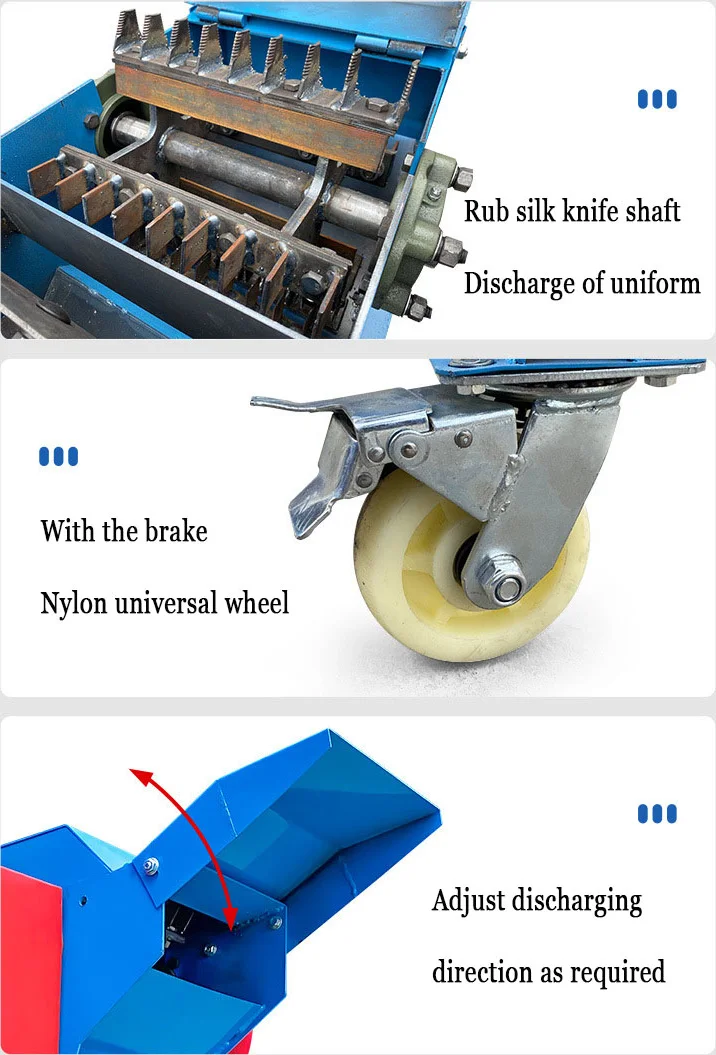Innovative Solutions for Efficient Vacuum Packaging Machines in Food Processing Industries
Aug . 01, 2024 05:54 Back to list
Innovative Solutions for Efficient Vacuum Packaging Machines in Food Processing Industries
Vacuum Packaging Machines Enhancing Food Preservation and Safety
In the fast-evolving world of food preservation, vacuum packaging machines have emerged as a pivotal technology. These machines are designed to extend the shelf life of various products by removing air from the packaging. By doing so, they inhibit the growth of microorganisms, thereby reducing spoilage and maintaining the quality of food items. The growing demand for fresh and preserved food items has led to an increase in the adoption of vacuum packaging solutions across households, restaurants, and food processing industries.
At its core, a vacuum packaging machine works by placing food items in a specialized bag, which is then inserted into the machine. The air is sucked out of the bag, and a seal is created, forming an airtight enclosure. This process can significantly slow down the oxidation process and helps in retaining the moisture and flavor of the food, which is particularly beneficial for perishable items like meat, vegetables, and fruits.
One of the primary advantages of using vacuum packaging machines is their ability to prolong the shelf life of food products. For example, vacuum-sealed meat can last up to three to five times longer than traditionally packaged meat. This extended freshness is not just a convenience for consumers; it also translates into reduced food waste, which is a critical concern in today’s society where food wastage is rampant. By preserving food for longer periods, vacuum packaging supports sustainability practices and contributes to a more efficient food supply chain.
Moreover, vacuum packaging machines are not limited to food preservation alone. They are also extensively used in packaging non-food items, such as pharmaceuticals and electronics, where moisture and air can cause significant damage. This versatility makes vacuum packaging an invaluable tool in various industries, further highlighting its importance in modern packaging solutions.
vacuum packaging machine

In addition to extending shelf life, vacuum packaging enhances food safety. By creating a vacuum seal, the chances of contamination are significantly minimized. These machines also help in the retention of nutrients and prevent freezer burn, a common issue faced by frozen food items. This attribute is particularly vital for health-conscious individuals seeking to maintain the nutritional integrity of their food.
The technological advancements in vacuum packaging machines have led to the introduction of various models, catering to different needs and scales of operation. From small domestic machines that cater to individual households to large industrial models designed for mass production, there is a wide array of options available in the market. Many modern designs also incorporate user-friendly interfaces and features such as built-in cutters and multi-function modes, making the vacuum sealing process more efficient and accessible.
As consumers become increasingly aware of food quality and safety, the popularity of vacuum packaging machines is on the rise. They are not just a practical solution for food storage; they also represent a shift in consumer behavior towards more conscious and sustainable practices. The ability to buy in bulk and store food safely without worrying about spoilage aligns well with modern shopping habits, where convenience and quality are paramount.
In conclusion, vacuum packaging machines play a crucial role in enhancing food preservation and safety. Their ability to significantly extend the shelf life of products while maintaining quality and reducing waste makes them an essential tool in both domestic and industrial settings. As technology progresses, the future of vacuum packaging looks promising, paving the way for innovations that will further enhance their efficiency and effectiveness in the food industry and beyond.
-
Hot Sale 24 & 18 Door Rabbit Cages - Premium Breeding Solutions
NewsJul.25,2025
-
Automatic Feeding Line System Pan Feeder Nipple Drinker - Anping County Yize Metal Products Co., Ltd.
NewsJul.21,2025
-
Automatic Feeding Line System Pan Feeder Nipple Drinker - Anping County Yize Metal Products Co., Ltd.
NewsJul.21,2025
-
Automatic Feeding Line System - Anping Yize | Precision & Nipple
NewsJul.21,2025
-
Automatic Feeding Line System - Anping Yize | Precision & Nipple
NewsJul.21,2025
-
Automatic Feeding Line System-Anping County Yize Metal Products Co., Ltd.|Efficient Feed Distribution&Customized Animal Farming Solutions
NewsJul.21,2025






